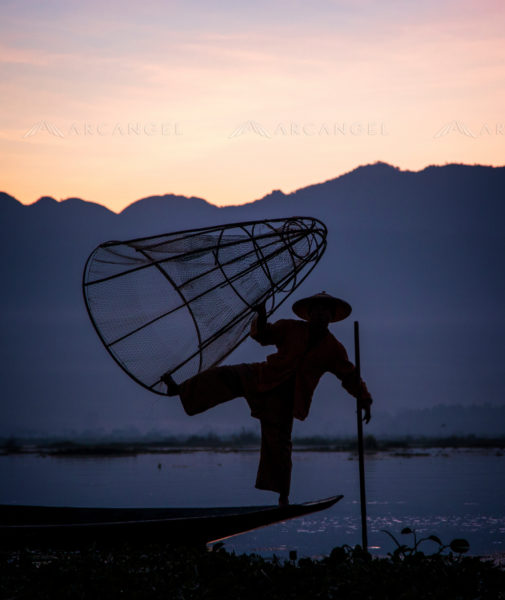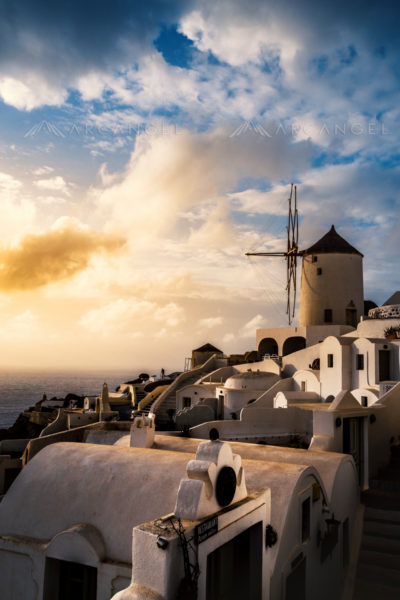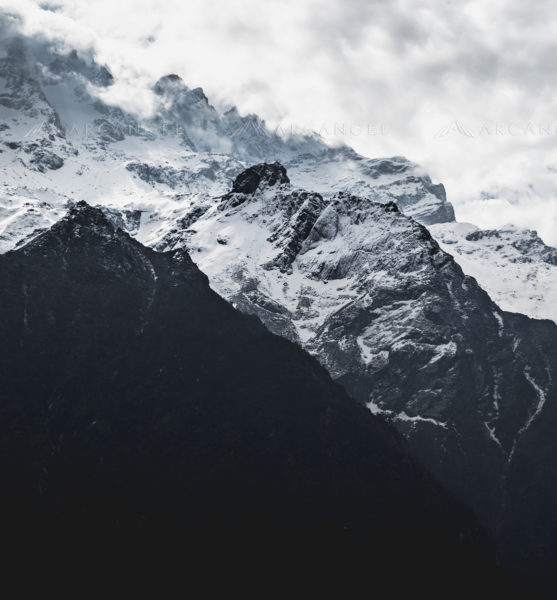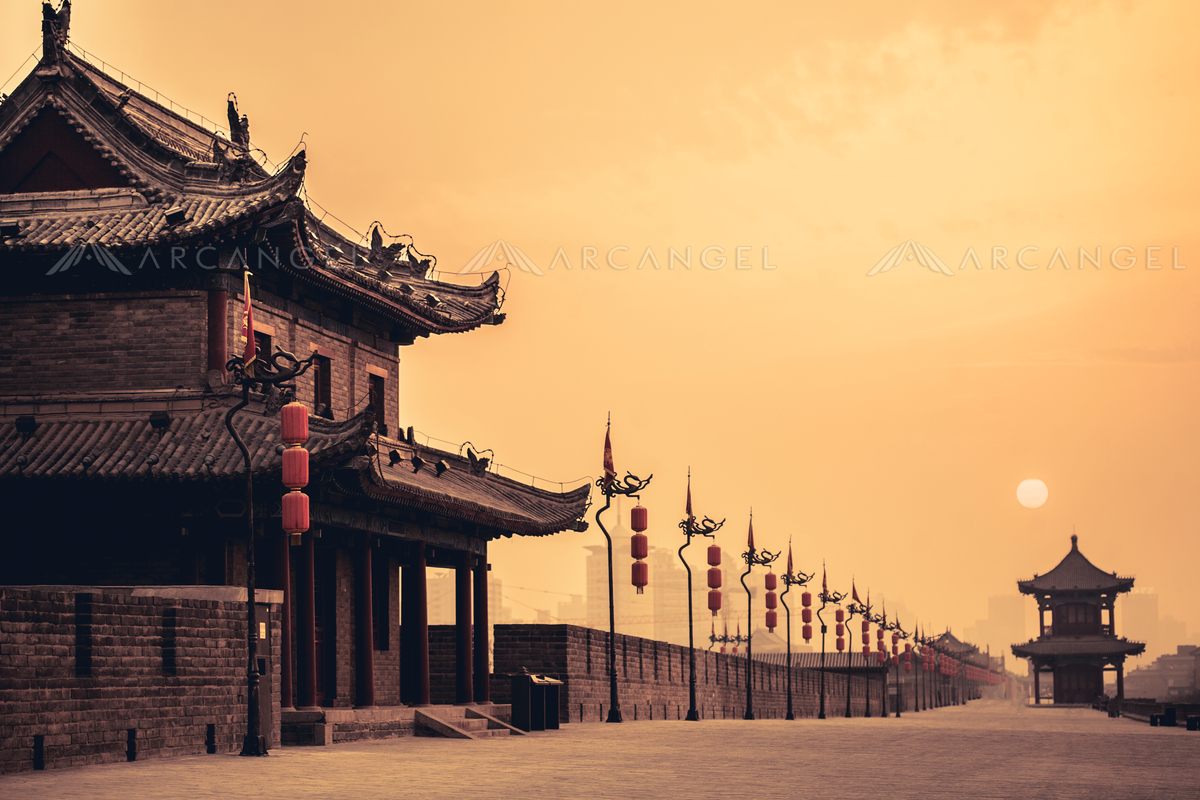Tim Daniels: Contributor Interview
1- Tell us a little about yourself, and how you became interested in photography!
I have been taking photos seriously for about the last ten years, and by that I mean taking the time to think about what I am photographing rather than pointing a camera and clicking, as I was doing for a few years previously!
I come from a science background, and my day job is now as a systems analyst. When I was in my teens, it always felt implied that you either had to follow an analytical, science-based path or you could float along the river of creativity, but you couldn’t do both. As I got older, and it became obvious that this wasn’t the case, my interest in photography took off as a way to bridge the gap between these two parts of my life.
Now, photography is firmly established for me, and I love to try to capture those elusive moments of life that pass by us every day.

2- How did you break into the travel photography industry? What advice would you give to photographers shooting in this genre?
Initially, I started travelling for my own curiosity about the world, but of course I took my camera along and found that I could use the opportunity to make photos that were more interesting than those I could create at home.
After building up a portfolio of travel photos, I started to see more and more sales, particularly of those photos taken in places not as well covered by other photographers.
I would advise photographers wanting to break into this genre to take more photos in less well covered locations. As most travel photographers are based in Europe or the US, getting out of those areas is a good start. Parts of the world like the Middle East seem to particularly lack photographic coverage.
3- Do you plan your trips around what you want to shoot? Or do you discover inspiration on arrival?
Nowadays, I usually travel to places that I am most interested in seeing in person, and find the photos when I get there. I used to plan trips much more around photos others had taken, that I wanted a go at taking myself, but after a time I realised that my favourite photos were those I had chanced across in a location, where I used my own imagination, and didn’t rely on anyone else’s.
4- Many iconic locations have been shot thousands of times. What makes a great image stand out when you’re shooting a well-known destination?
The one thing we can’t control as photographers is the weather. Most photographers like to go somewhere where the weather is good, and they don’t have to get up too early for sunrises. If you are willing to travel outside of traditional tourist season, you can usually get a photo with some spectacular weather, that others won’t have got.

5- Photography equipment can be heavy! What equipment is essential when you need to travel light?
I try to fly hand luggage only, which means I usually take less changes of clothes than I probably should! I rarely take more than two lenses, a wide lens and a long lens, and have an ultralight folding tripod, plus spare batteries and memory cards. Everything else is negotiable.
6- It’s easy to spend all your time behind a camera while traveling. How do you manage to balance your work as a photographer with spending time experiencing and enjoying the locations you visit?
Most of my photography now is limited to the few hours around sunrise and sunset, when the light is best, as I found over time that photos taken during the rest of the day were rarely worth keeping. The rest of the day is for exploring new places, eating new foods and enjoying myself.
7- What are the biggest challenges you’ve overcome in order to get the perfect shot?
Probably the biggest challenge is trying to get out of bed in the early hours of the morning for the light around sunrise. It’s difficult, especially when it’s dark and cold, but watching the sun rise always reminds you of how worthwhile it is.
8- How do you think Instagram has changed the face of travel photography? How has it impacted your career?
I have seen firsthand how Instagram drives people to the same locations, to take the same photos. It makes it even less relevant to travel to these popular locations for photography, and only increases the value of photos from other, less travelled parts of the world. I hope to visit more of these less traditional tourist destinations over the coming years, including the ‘stans of Central Asia, and the remote edges of Europe.
9- How important is Photoshop in creating your finished images?
All of my photos rely heavily on Photoshop. I consider it an integral part of the photos that I make, as an attempt to draw in elements that I felt when taking the photo, not just those I saw. Photoshop opens up so many more possibilities to us that are otherwise unavailable, and using it well is a skill in itself as valuable as the act of taking photos.

10- Personal projects, such as developing a new style or technique, can be really beneficial to a photographer’s growth and creativity. Are there any challenges you’re setting yourself at the moment?
A big hole in the techniques I can use is that of star photography. I’ve never really mastered how to take great photos at night, and this is something I am pushing myself to achieve. I don’t believe you should ever stop learning or trying new things.
11- What do you think the challenges are for the stock photography industry at the moment? What changes do you foresee in stock photography and book cover design over the next few years?
In the years that I’ve been taking photos for book covers, changes to styles and design seem fairly slow. Bright naturalistic, and dark and moody photos always seem popular and I doubt they will ever fall from favour. It’s good to see that the low-value royalty free model has never really affected book covers, as it maybe threatened to do, and if anything, the stock photo industry seems to be growing and offering up more, and better, opportunities.


